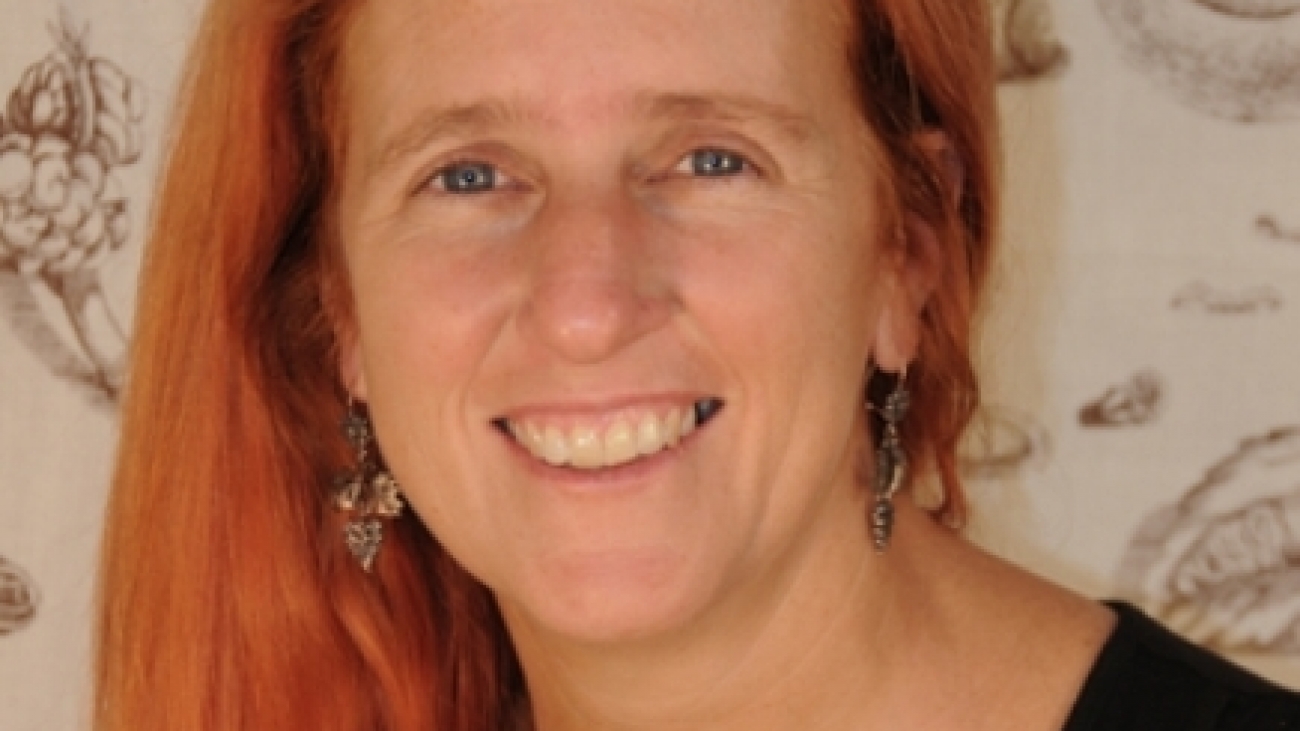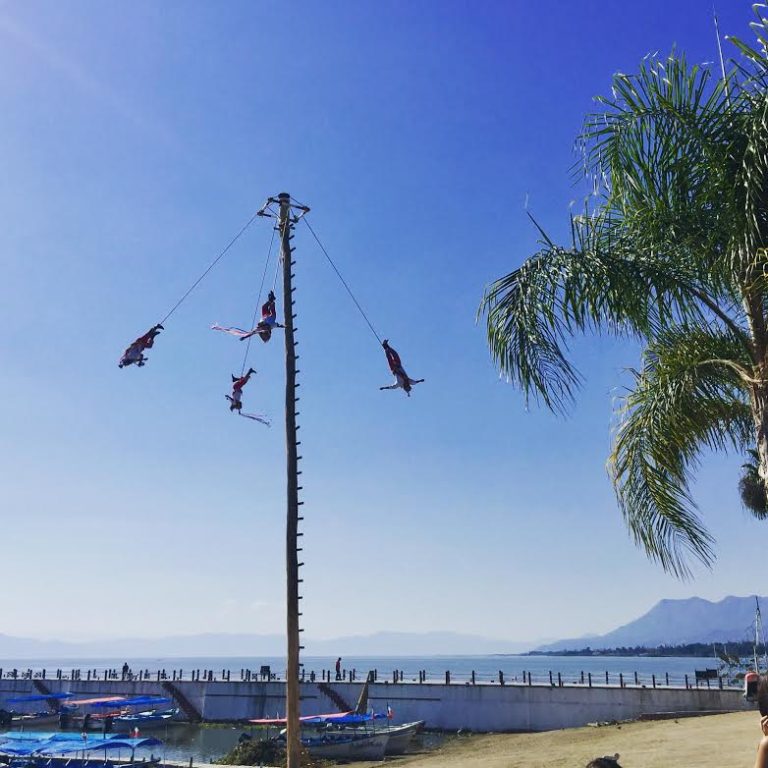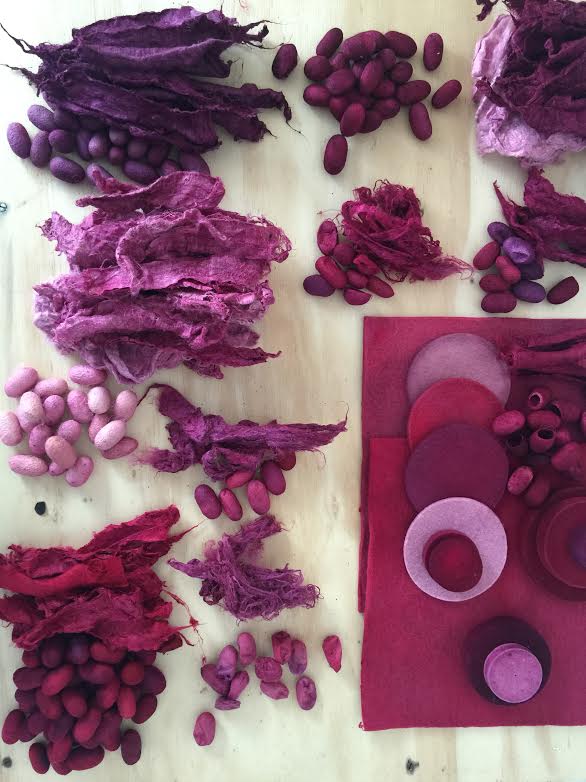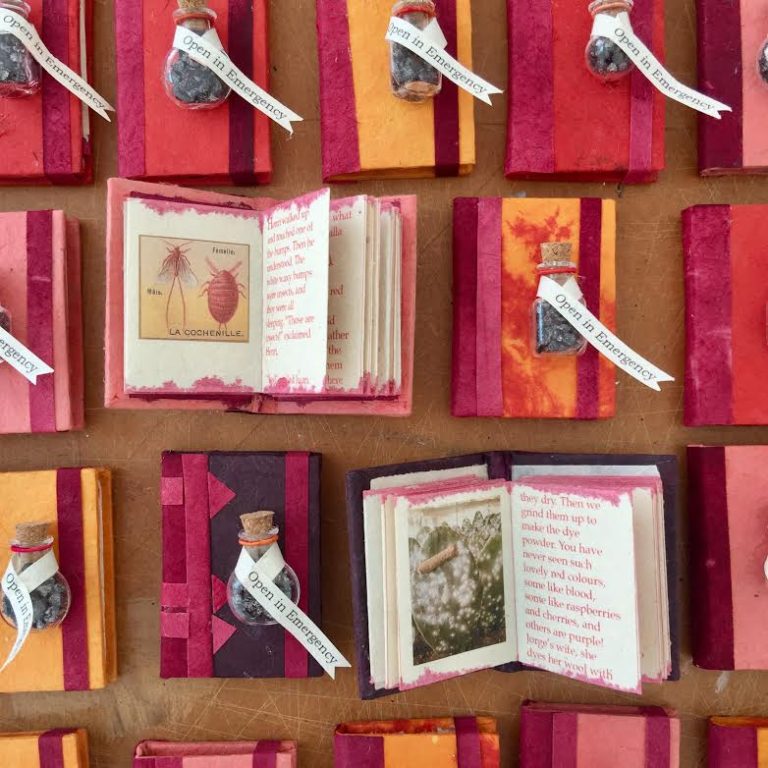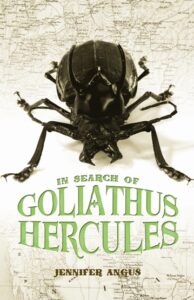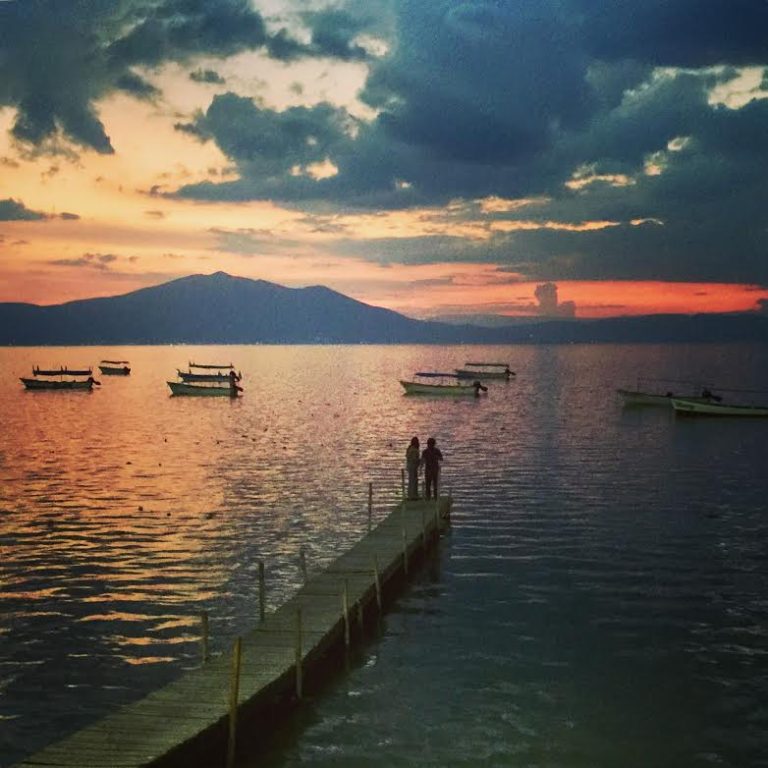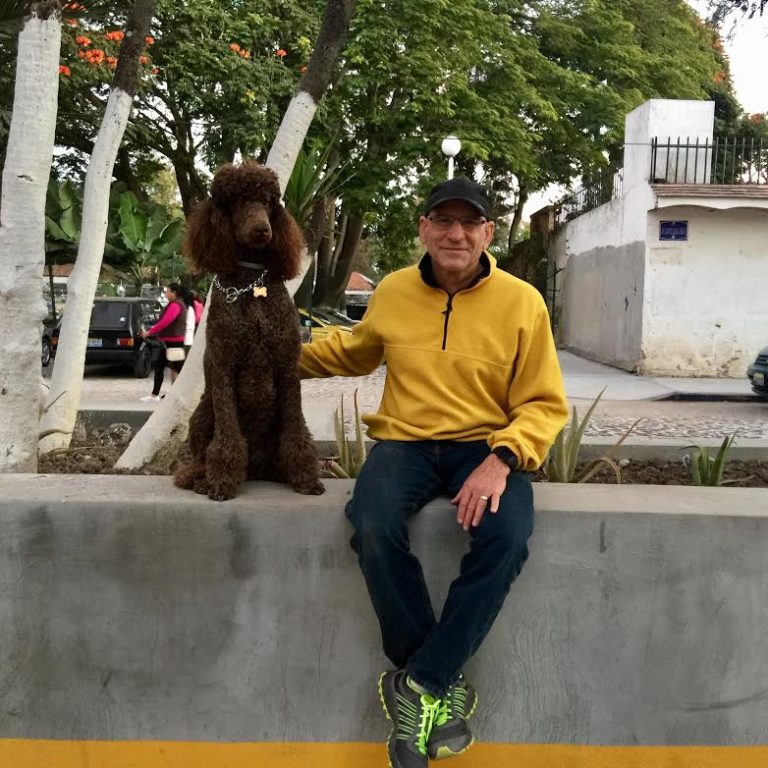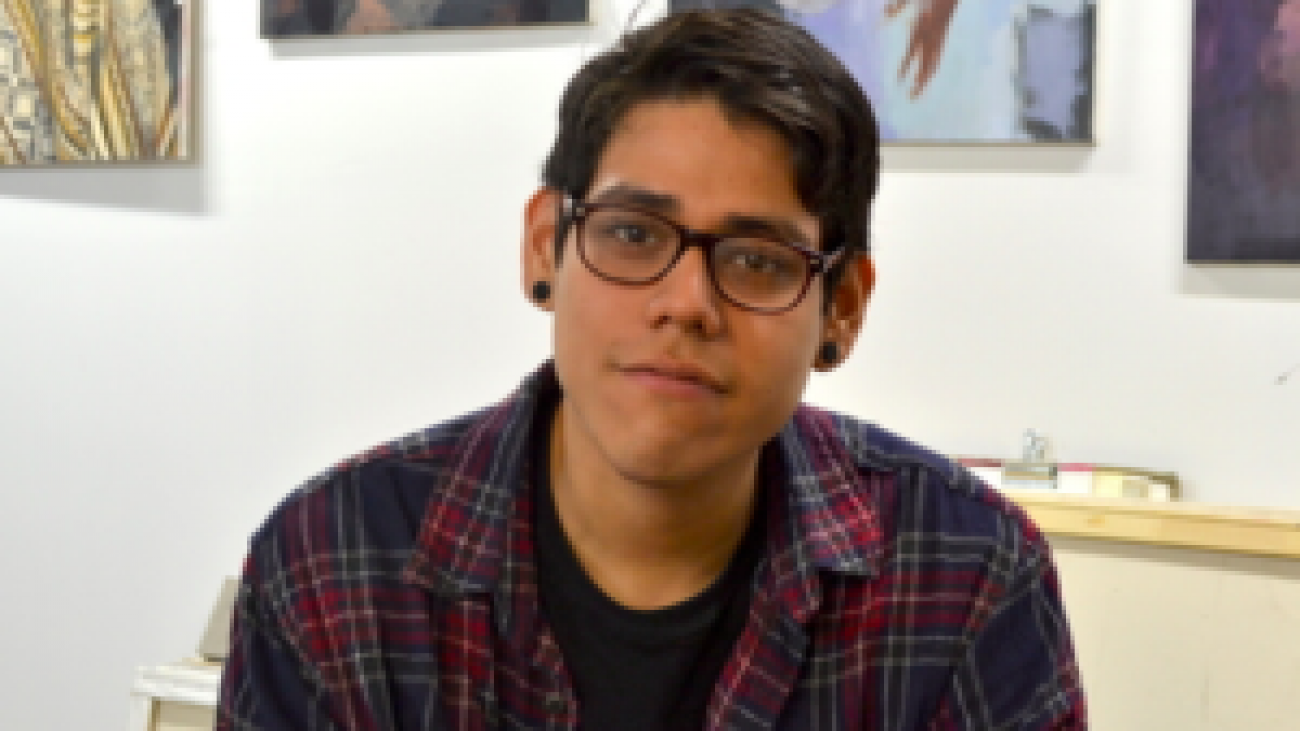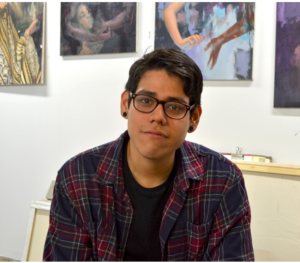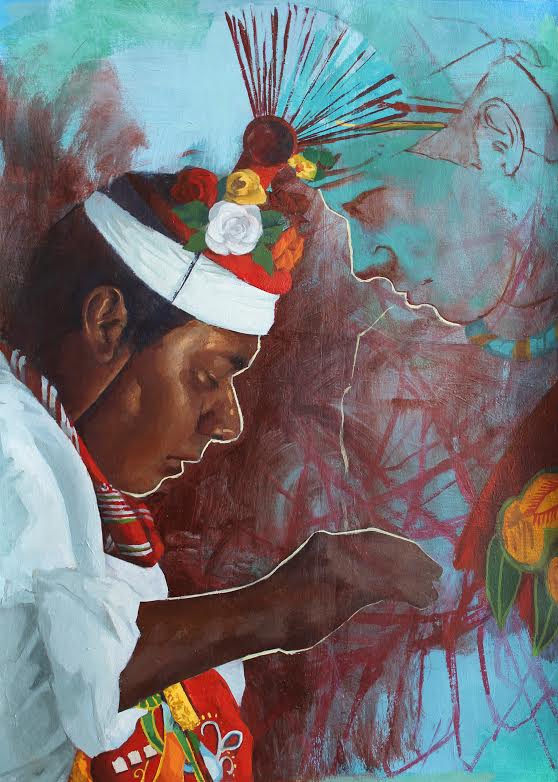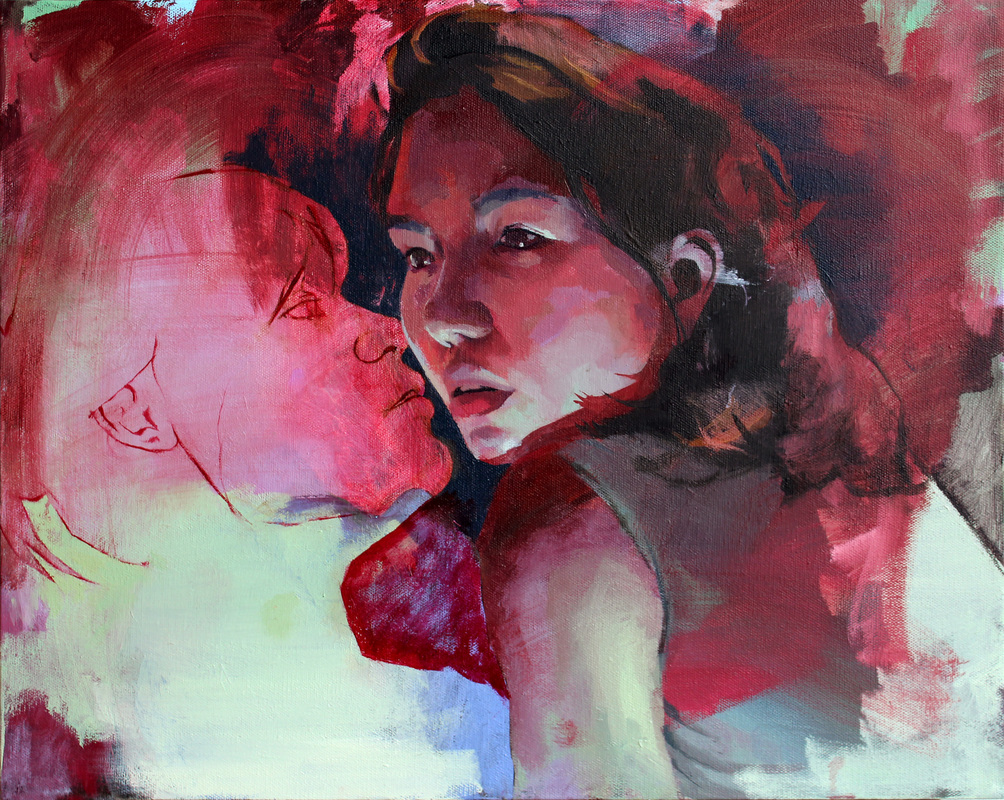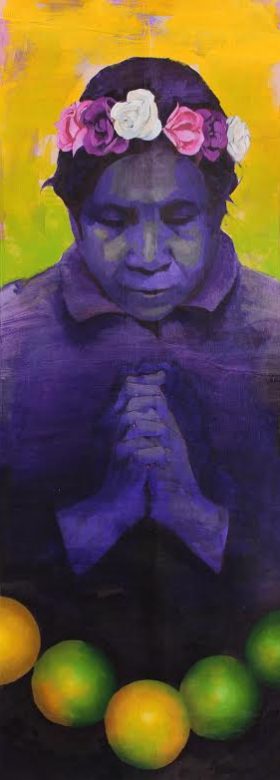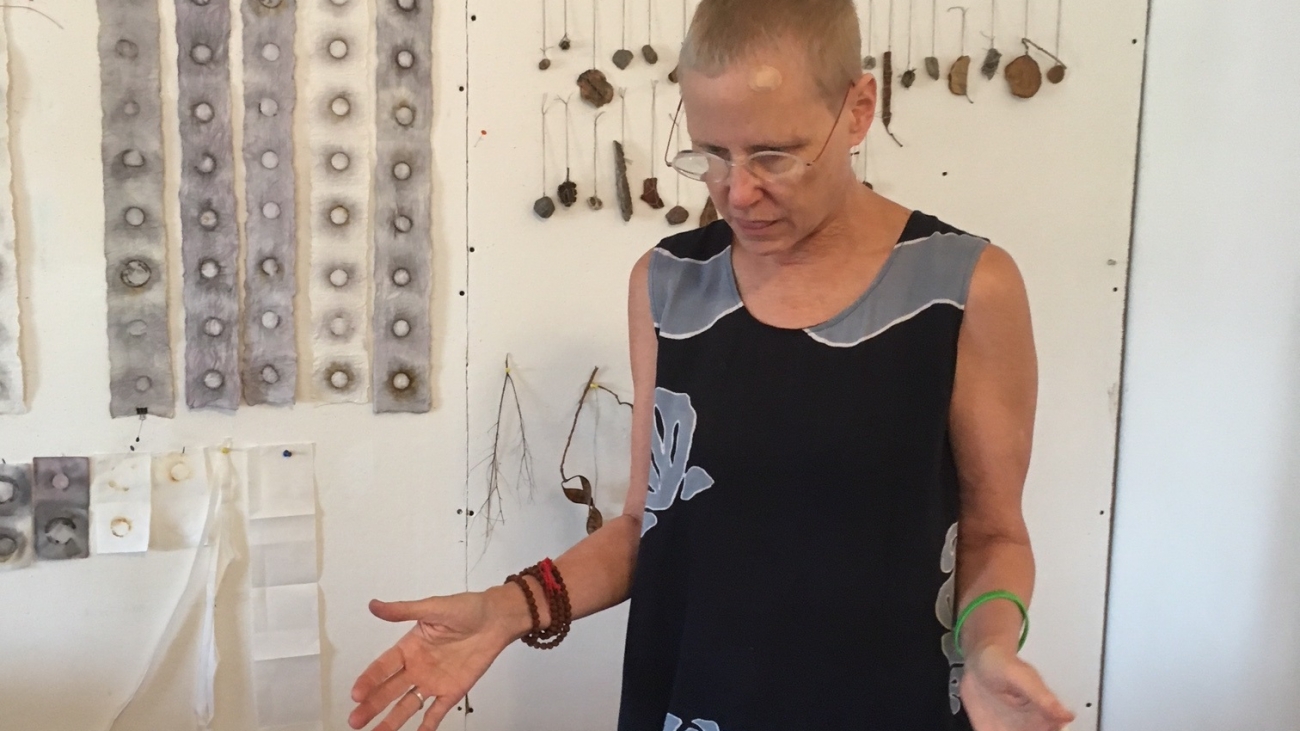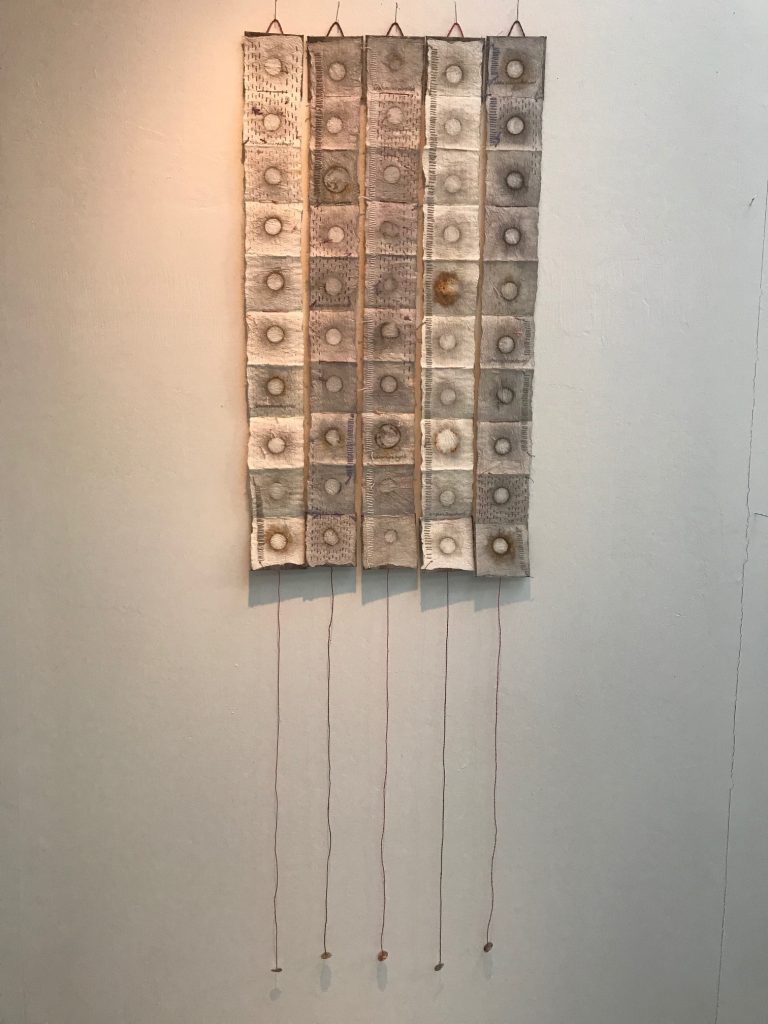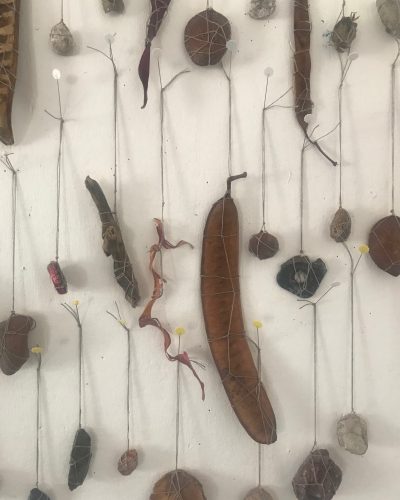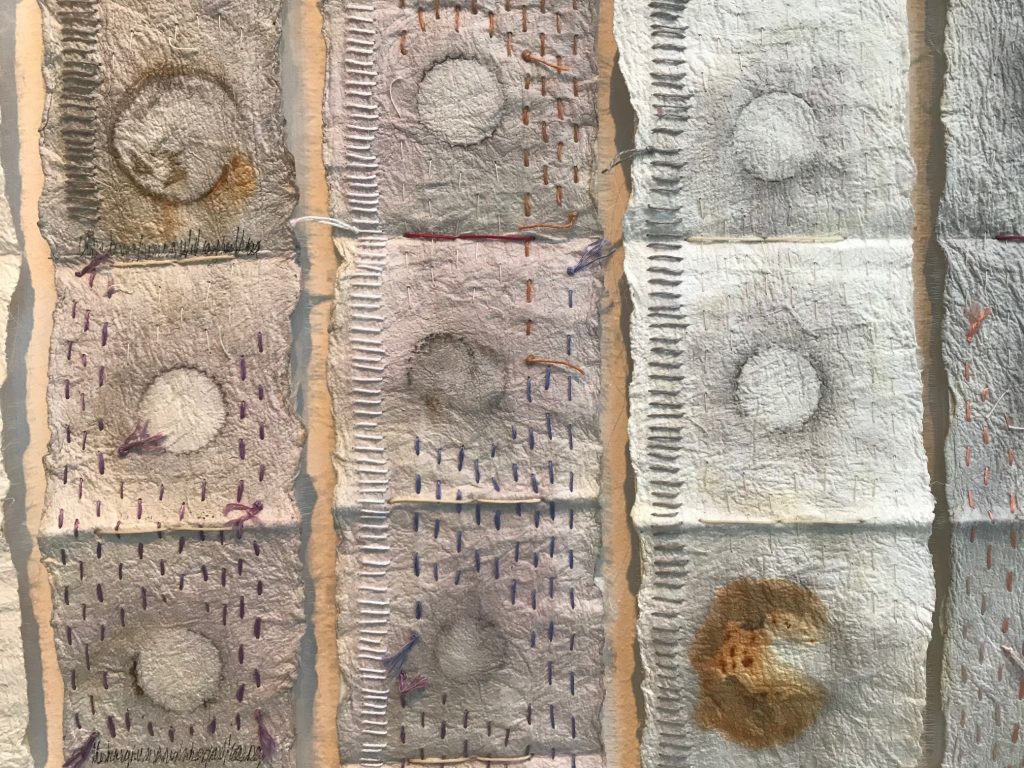As you will read, Donald Bruce Wright’s road to becoming a painter started later in life. His story and experiences in Mexico will inspire you. He’s a great example of what happens when you stay open to all possibilities.

You were the first oil painter here at 360 Xochi Quetzal. Give us some background about your development as an artist, and your influences.
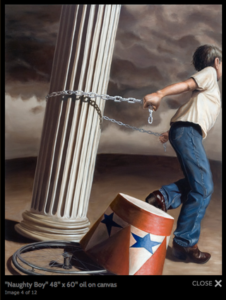 Making art is something that I have come to later in life. Despite having a very successful business career, I found myself feeling miserable in my 40’s. With some professional help, I uncovered the fact that I had been repressing an interest in the creative arts. Then, in an introductory drawing class, I also discovered that I might actually have some artistic talent. I began taking classes, more and more over time, which eventually led me to graduate art school, where I focused on oil painting. Since graduating in 2007, I have been working to develop my voice as an artist and find what place I want to occupy in the art world. In this exploration, I have produced two very different series of works – one of complex narratives aimed at the collector market using realism,the figure and supporting iconography; and the other aimed at the decorator market creating unconventional, modern interpretations of a conventional, traditional subject: the still life.
Making art is something that I have come to later in life. Despite having a very successful business career, I found myself feeling miserable in my 40’s. With some professional help, I uncovered the fact that I had been repressing an interest in the creative arts. Then, in an introductory drawing class, I also discovered that I might actually have some artistic talent. I began taking classes, more and more over time, which eventually led me to graduate art school, where I focused on oil painting. Since graduating in 2007, I have been working to develop my voice as an artist and find what place I want to occupy in the art world. In this exploration, I have produced two very different series of works – one of complex narratives aimed at the collector market using realism,the figure and supporting iconography; and the other aimed at the decorator market creating unconventional, modern interpretations of a conventional, traditional subject: the still life.
My influences for these two lines of work have been very different. All the artists whose work I admire have strong technical skills in common. For the figurative work, I have studied both modern and classical masters. Modern favorites include Vincent Desiderio, Odd Nerdrum, JulioLarraz, Edward Hopper, Komar and Melamid, and Neo Rauch. Among the classical masters, my favorites are Reubens, Van Dyck, Rembrandt, and Caravaggio – I especially love the Baroque era for the depiction of drama and intensity.
 For inspiration in my contemporary still life inventions, I must first genuflect at the feet of Picasso. His innovations remain fresh and exciting all these years later, as do the creations of Stuart Davis, whose work has a deceptively simple elegance. I also try to channel the energy and fun embedded in the work of Elizabeth Murray. David Bates is another modern favorite as is Amy Sillman for her color choices. Actually, I am constantly coming across interesting work that affects how I want topaint.The latest artist whose work I have embraced for instruction is an accomplished Mexican painter based in San Miguel de Allende named Mariló Carral. She uses color brilliantly and her mark-making vernacular is very interesting.
For inspiration in my contemporary still life inventions, I must first genuflect at the feet of Picasso. His innovations remain fresh and exciting all these years later, as do the creations of Stuart Davis, whose work has a deceptively simple elegance. I also try to channel the energy and fun embedded in the work of Elizabeth Murray. David Bates is another modern favorite as is Amy Sillman for her color choices. Actually, I am constantly coming across interesting work that affects how I want topaint.The latest artist whose work I have embraced for instruction is an accomplished Mexican painter based in San Miguel de Allende named Mariló Carral. She uses color brilliantly and her mark-making vernacular is very interesting.
Sometimes the residency plan changes once the artist arrives. How did you spend the residency and how different was that from your original plan?
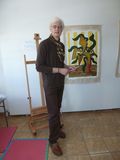 I wound up spending half of my time very differently than I had expected. On the first Friday of the residency, my wife and I were waiting for a table at the wonderful restaurant in Ajijic called Tango. We were admiring the art prints displayed on the walls all around the restaurant. The senior partner in the group that owns the restaurant approached me and we struck up a conversation about the art. One topic led to another, including the fact that I was an artist, and he asked to see samples of my work. The next day he and his business partner decided that they wanted to make prints of ten of my paintings and put them in the restaurant for sale. I spent many hours with them over the next few weeks proofing the work and getting it ready for hanging in the restaurant. Through this process, I learned a lot about making giclée prints.
I wound up spending half of my time very differently than I had expected. On the first Friday of the residency, my wife and I were waiting for a table at the wonderful restaurant in Ajijic called Tango. We were admiring the art prints displayed on the walls all around the restaurant. The senior partner in the group that owns the restaurant approached me and we struck up a conversation about the art. One topic led to another, including the fact that I was an artist, and he asked to see samples of my work. The next day he and his business partner decided that they wanted to make prints of ten of my paintings and put them in the restaurant for sale. I spent many hours with them over the next few weeks proofing the work and getting it ready for hanging in the restaurant. Through this process, I learned a lot about making giclée prints.
The rest of the time in Chapala was spent exactly as I had planned: painting new work in the studio. I was very pleased that by the end of the residency, despite having spent so much time on the print project, I had also created two strong new paintings in my invented still life series.
Our program welcomes partners and you spent half the residency with your wife who is also an artist. How was that for you and for her?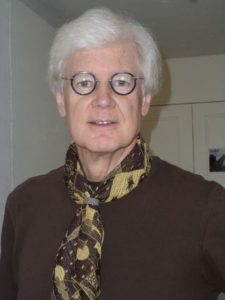
It was wonderful to have her there for the first half of the residency. Adventures are always more fun when we can share them together. Since Leslie couldn’t work on her fiber art while she was visiting, she indulged her creative needs by taking photographs. Leslie takes lots of macro shots of nature for inspiration. While I’m often looking at broader vistas, Leslie is noticing and documenting what’s beautiful and interesting close-up. She really enjoyed the two weeks we had together in Chapala.
What were some of the highlights of the residency for you? What parts were hard for you?
One of the highlights was obviously the validation I felt when the owners of the Tango Restaurant, embraced my new work and asked to include it on their walls. Regardless of whether those prints sell or not, this expression of interest confirmed for me that my new series of work has strong appeal and that I am heading in the right direction. I also really enjoyed the simplicity of my life while I was in the residency. That is what a residency should be all about. It was wonderful to be able to focus on little else but making art for weeks on end. Would that life were that simple at home.
What else can you share about your residency experience? What advice would you give to other applicants?
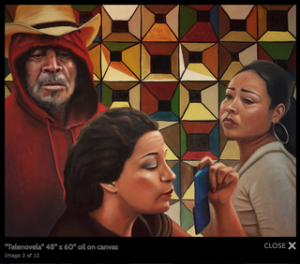 It was surprising how easy it was to get to Chapala. With the airport just thirty minutes away in Guadalajara, the trip in and out was easy. I was also surprised that there were not more visitors in the town and more development around the lake, given that Guadalajara, a city with a metropolitan population of over four million, is only half an hour away. In a comparable situation in the U.S. or Canada, the lake would be packed with second homes and small towns.
It was surprising how easy it was to get to Chapala. With the airport just thirty minutes away in Guadalajara, the trip in and out was easy. I was also surprised that there were not more visitors in the town and more development around the lake, given that Guadalajara, a city with a metropolitan population of over four million, is only half an hour away. In a comparable situation in the U.S. or Canada, the lake would be packed with second homes and small towns.
One thing I would say to those who might consider applying for the residency is that you have to be prepared for how rough around the edges it can be in Mexico. It’s not for people who require their environs to be polished. My wife and I visit Mexico regularly and we are very comfortable there. But, I can think of many friends and relatives who would have trouble seeing past the coarseness that can be part of life there, especially in the poorer sections. I always find that when I first arrive in Mexico, all I see is its coarseness. But very quickly that disappears and then all I see are its charms and intrinsic beauty. That is what brings us back over and over again.

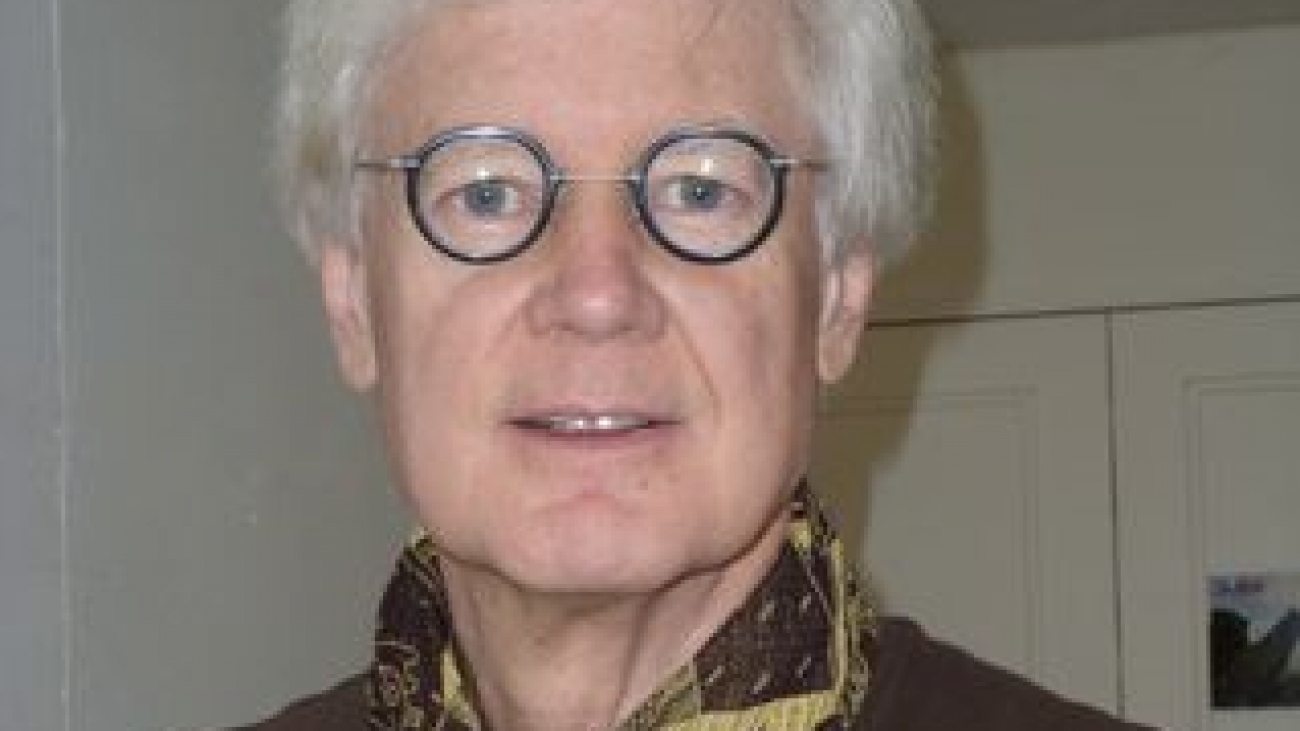
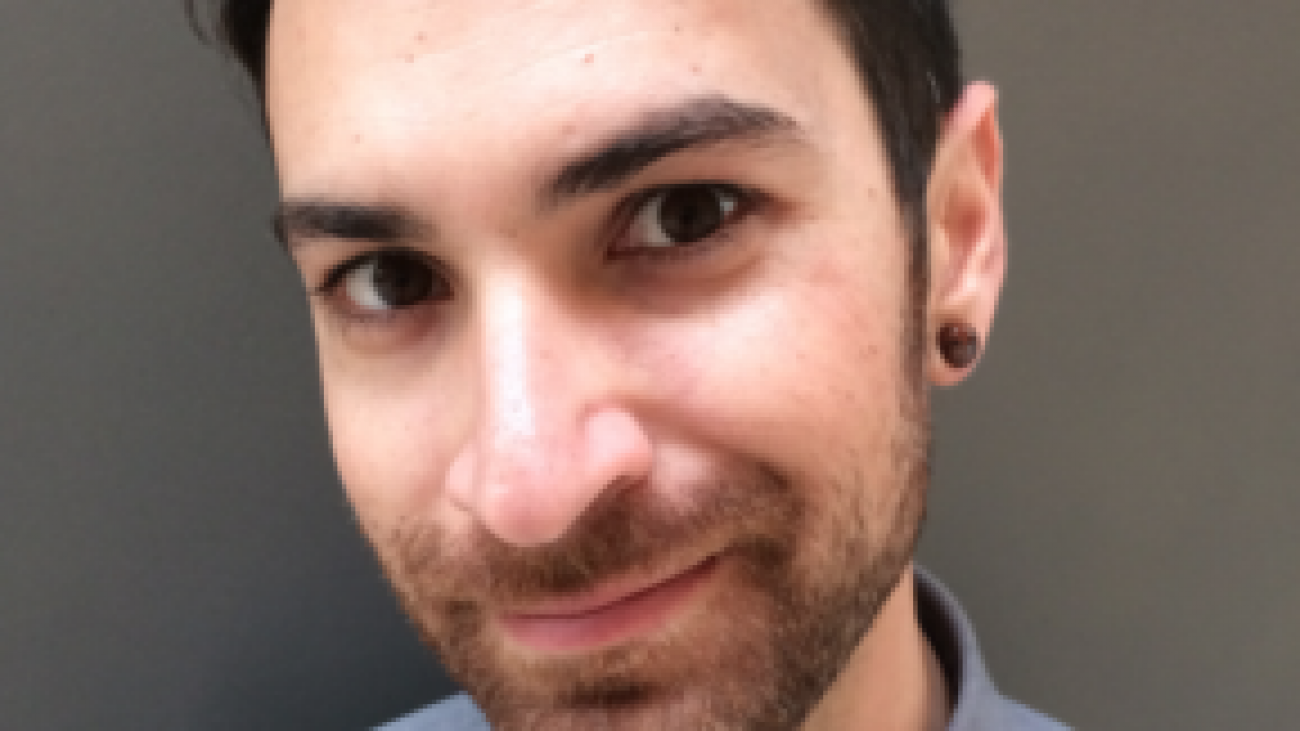
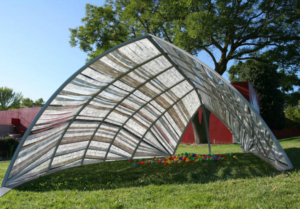
 Chapala was the perfect introduction to the authentic Mexican experience. The residence, situated in a lush corner of town is a mere cobblestone step away from all that the community has to offer. Following my ears, eyes, heart, and gut, I meandered virtually every street, eager to explore. I particularly enjoyed walking along the edge of Lake Chapala, where the low water level revealed mysterious exposed artifacts. Once I felt I had a small understanding of my immediate surroundings it was a breeze to branch out and explore the other pueblos along lakeside including nearby Ajijic. The bus station, just blocks from the residency house, offered efficient, and prompt service. I was pleasantly surprised by the rather new Guadalajara direct buses that would quickly escort you to the big city in style with recliners and air conditioning!
Chapala was the perfect introduction to the authentic Mexican experience. The residence, situated in a lush corner of town is a mere cobblestone step away from all that the community has to offer. Following my ears, eyes, heart, and gut, I meandered virtually every street, eager to explore. I particularly enjoyed walking along the edge of Lake Chapala, where the low water level revealed mysterious exposed artifacts. Once I felt I had a small understanding of my immediate surroundings it was a breeze to branch out and explore the other pueblos along lakeside including nearby Ajijic. The bus station, just blocks from the residency house, offered efficient, and prompt service. I was pleasantly surprised by the rather new Guadalajara direct buses that would quickly escort you to the big city in style with recliners and air conditioning! Filtering my impressions of simple moments in time experienced in a strange place and rendering them into tangible forms through the use of sound, light and fiber substrates was my chief aim when I began my time in Chapala. I enjoyed vibrant, fleeting moments: an abuelita singing beautifully out of tune for a peso on a cobblestone rocked bus, a grown man crying into a book walking along the Malecon, the siren song of a shamanic pan flute greeting the lake spirits in a simple ceremony hidden in the brush along the water’s edge. I came home with fragments of composed and found sound, sculptural mockettes, and a sense that what precisely is is far more gripping than a pristine idealistic version.
Filtering my impressions of simple moments in time experienced in a strange place and rendering them into tangible forms through the use of sound, light and fiber substrates was my chief aim when I began my time in Chapala. I enjoyed vibrant, fleeting moments: an abuelita singing beautifully out of tune for a peso on a cobblestone rocked bus, a grown man crying into a book walking along the Malecon, the siren song of a shamanic pan flute greeting the lake spirits in a simple ceremony hidden in the brush along the water’s edge. I came home with fragments of composed and found sound, sculptural mockettes, and a sense that what precisely is is far more gripping than a pristine idealistic version. My creative game plan flew out the window in seconds flat, and I ‘d be remiss if I didn’t admit that. I just tried to stay open. Rather than coming home with crates of finished work, I left with much more raw material and booming questions surrounding who I am, what I am doing, why it is important. My familiar creative practice, which is often a very physical, labor intensive process, felt different under these skies and somehow forced. I had to let go of a great deal. Now, with time to reflect and breathe in what returned from Mexico with me, I am reaping the benefits of my residency’s creative gestation period.
My creative game plan flew out the window in seconds flat, and I ‘d be remiss if I didn’t admit that. I just tried to stay open. Rather than coming home with crates of finished work, I left with much more raw material and booming questions surrounding who I am, what I am doing, why it is important. My familiar creative practice, which is often a very physical, labor intensive process, felt different under these skies and somehow forced. I had to let go of a great deal. Now, with time to reflect and breathe in what returned from Mexico with me, I am reaping the benefits of my residency’s creative gestation period. I could walk the lakeside endlessly, and found that I was drawn to it on a basis that pushed far past intellectual or even artistic curiosity, and into the realm of the spiritual. It’s no wonder that Huichols and other indigenous tribes still make pilgrimages to send offerings to the spirits of the lake. I had many experiences that I will cherish, but making my way to Tepetates Temezcal to take part in a traditional sweat lodge ceremony was certainly very high on the list. Other memories include an afternoon at the thermal springs in San Juan Cosala and trekking to the Guachimontones on the route to Tequila
I could walk the lakeside endlessly, and found that I was drawn to it on a basis that pushed far past intellectual or even artistic curiosity, and into the realm of the spiritual. It’s no wonder that Huichols and other indigenous tribes still make pilgrimages to send offerings to the spirits of the lake. I had many experiences that I will cherish, but making my way to Tepetates Temezcal to take part in a traditional sweat lodge ceremony was certainly very high on the list. Other memories include an afternoon at the thermal springs in San Juan Cosala and trekking to the Guachimontones on the route to Tequila

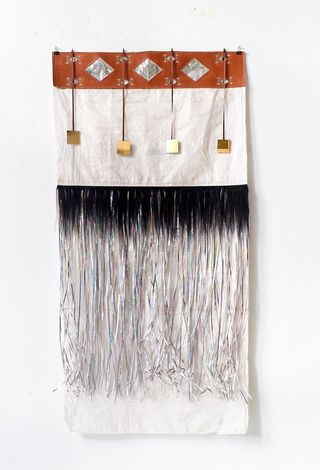 synthetic recycled bags as an art material. These bags are mainly used in construction work to move dirt, bricks and refuse materials. The idea is: take a cheap common material and inject it with new meaning that emphasizes the fluidity and movement of this ‘low material‘ to a place of higher consideration. This is the opposite of using say gesso, canvas and oil paint – more traditional (European) materials – in favor of those specifically linked to the concept. Mining the Pueblo places Mexico’s tradition of work and craft front and center as the concept itself. The leather panels on the bags were done by Victor Parra, a leather worker in Guadalajara, who comes from a family of saddle makers. They are the last generation of working Charros, which adds another layer of meaning and cultural reference. Victor’s contribution is to generate decorative patterns, which refer to vernacular imagery, in the leather stitching. I want the North American audience to look at these patterns as a reflection of its past history with Mexico, Central and South America, and the Caribbean. This history is not commonly taught or acknowledged in the USA, yet this country was built on the backs of slaves, on land taken from Native Americans, and land that was formerly Mexico in the present day western United States.
synthetic recycled bags as an art material. These bags are mainly used in construction work to move dirt, bricks and refuse materials. The idea is: take a cheap common material and inject it with new meaning that emphasizes the fluidity and movement of this ‘low material‘ to a place of higher consideration. This is the opposite of using say gesso, canvas and oil paint – more traditional (European) materials – in favor of those specifically linked to the concept. Mining the Pueblo places Mexico’s tradition of work and craft front and center as the concept itself. The leather panels on the bags were done by Victor Parra, a leather worker in Guadalajara, who comes from a family of saddle makers. They are the last generation of working Charros, which adds another layer of meaning and cultural reference. Victor’s contribution is to generate decorative patterns, which refer to vernacular imagery, in the leather stitching. I want the North American audience to look at these patterns as a reflection of its past history with Mexico, Central and South America, and the Caribbean. This history is not commonly taught or acknowledged in the USA, yet this country was built on the backs of slaves, on land taken from Native Americans, and land that was formerly Mexico in the present day western United States. What I had anticipated and what resulted from my 360 Xochi Quetzal residency time could not have been further apart. I did not have a preconceived work plan, and did not have a high expectation for producing art works. I thought I would relax and read, and maybe have some Jalisco road trips to learn more about the local cowboy culture. What happened is that I was given an incredible opportunity – a great gift. The Lopez Cotilla residency house was so big and generous that I felt inspired to create new work. The people in Chapala work a lot, and that was an inspiration too. Seeing this dynamic fit into an idea that I had been thinking about for awhile. This concept, called The Infinite Labor of the Cosmic Race, is a body of work that is about immigrant Mexican workers in New York. The idea comes from the Mexican theorist Vasconcelos that claimed a kind of racial purity for Mexicans and posited them as a unique race. His theories are problematic, yet there are aspects of his thinking that attempts to lift the Mexican psyche.
What I had anticipated and what resulted from my 360 Xochi Quetzal residency time could not have been further apart. I did not have a preconceived work plan, and did not have a high expectation for producing art works. I thought I would relax and read, and maybe have some Jalisco road trips to learn more about the local cowboy culture. What happened is that I was given an incredible opportunity – a great gift. The Lopez Cotilla residency house was so big and generous that I felt inspired to create new work. The people in Chapala work a lot, and that was an inspiration too. Seeing this dynamic fit into an idea that I had been thinking about for awhile. This concept, called The Infinite Labor of the Cosmic Race, is a body of work that is about immigrant Mexican workers in New York. The idea comes from the Mexican theorist Vasconcelos that claimed a kind of racial purity for Mexicans and posited them as a unique race. His theories are problematic, yet there are aspects of his thinking that attempts to lift the Mexican psyche.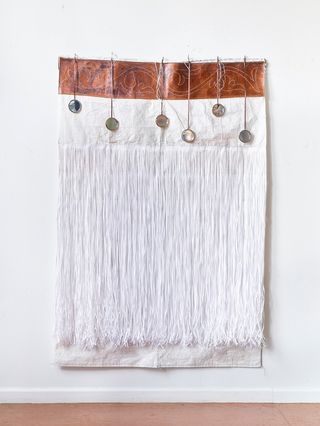
 My work Blue Elegy is informed by Zoroastrian and pre-Islamic, pre-Buddhist cultural and religious sites in Central Asia. These settings are often very plain with minimal markings, yet with enormous feeling and presence. Blue Elegy is a series of 12’ high poles made from broom handles on top of which are stainless steel mirror flags. Small bells are attached. Blue Elegy is about the gentrification of Harlem which is not only economic, but also racial and historic; it is the black and brown people of Harlem that are being pushed out. Blue Elegy is a kind of remembrance of the great people and their accomplishments of past and present day Harlem.
My work Blue Elegy is informed by Zoroastrian and pre-Islamic, pre-Buddhist cultural and religious sites in Central Asia. These settings are often very plain with minimal markings, yet with enormous feeling and presence. Blue Elegy is a series of 12’ high poles made from broom handles on top of which are stainless steel mirror flags. Small bells are attached. Blue Elegy is about the gentrification of Harlem which is not only economic, but also racial and historic; it is the black and brown people of Harlem that are being pushed out. Blue Elegy is a kind of remembrance of the great people and their accomplishments of past and present day Harlem.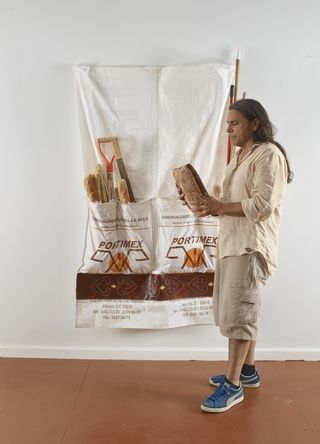

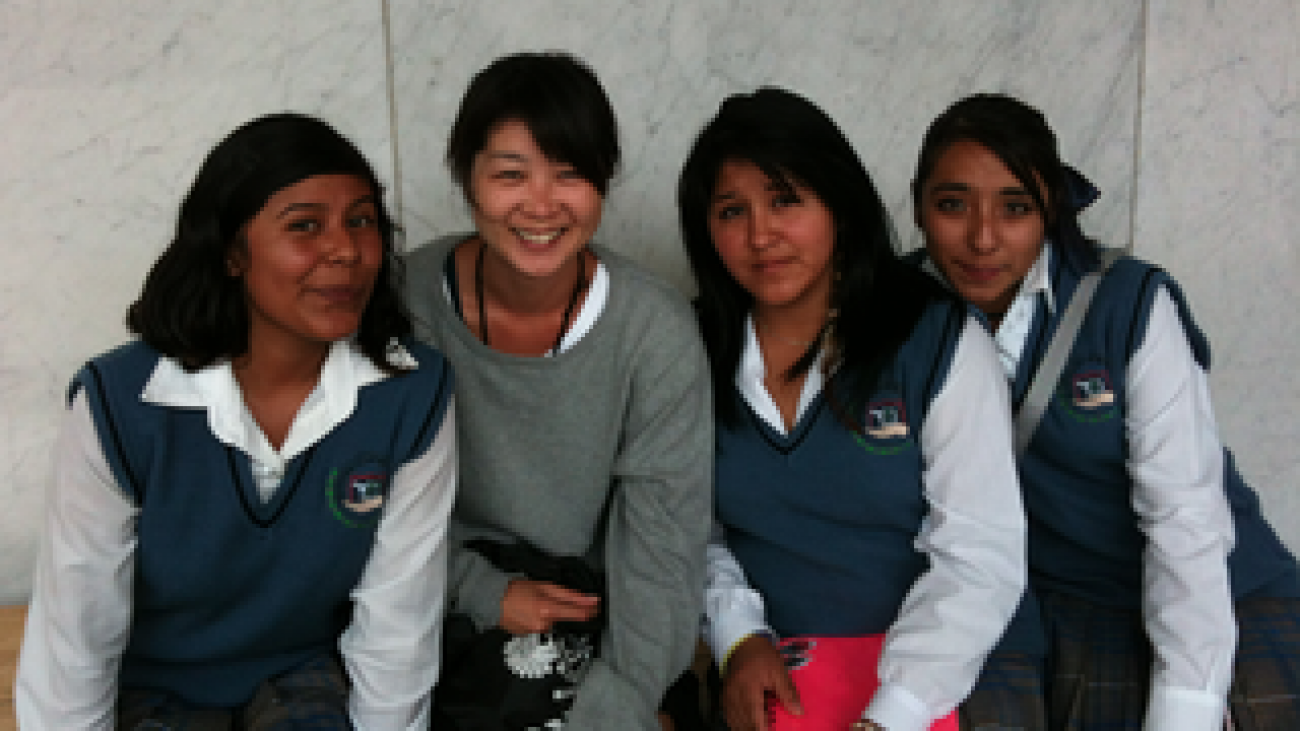
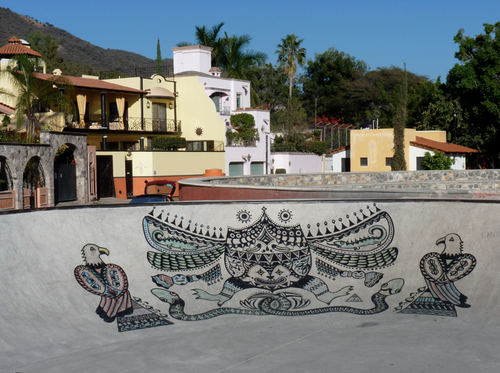
 I’ve been working as an illustrator in Berlin. Most of my works have been done on paper or screen. In 2012 I had chance to work on my first mural and I found it was challenging to paint large scale and develop new style of my art at the same time.
I’ve been working as an illustrator in Berlin. Most of my works have been done on paper or screen. In 2012 I had chance to work on my first mural and I found it was challenging to paint large scale and develop new style of my art at the same time. How did you structure your time during your artist residency?
How did you structure your time during your artist residency? You haven’t been to North America before. Tell us about how you found your way around Chapala and explored the region.
You haven’t been to North America before. Tell us about how you found your way around Chapala and explored the region. I have been studying patterns in nature and tribal arts. I visited the National Anthropology Museum in Mexico City and Regional museums in Guadalajara where lots of art objects captured my attention. Through them I learned about the historical background, spiritual messages, and deeper meaning of primitive crafts. The imagery of my murals grew out of this study and the influence of the world around me in Chapala.
I have been studying patterns in nature and tribal arts. I visited the National Anthropology Museum in Mexico City and Regional museums in Guadalajara where lots of art objects captured my attention. Through them I learned about the historical background, spiritual messages, and deeper meaning of primitive crafts. The imagery of my murals grew out of this study and the influence of the world around me in Chapala. During the artist residency in Berlin, I lived and worked with ten artists for three months. We had weekly programs and frequent deadlines to prepare presentations. There were always other people around to discuss or share my ideas.
During the artist residency in Berlin, I lived and worked with ten artists for three months. We had weekly programs and frequent deadlines to prepare presentations. There were always other people around to discuss or share my ideas. The first mural was located near the Chapala Malecon, which is a very busy street in a residential area. During the seven days I was working on the wall, I spoke to neighbors, parking workers, garbage collectors and the roaming Mariachi bands. Day by day I felt more involved in the local culture, and even learned some Spanish. During production, I met a Mexican man who introduced me to people at the Chapala city hall who paved the way to approving the second mural.
The first mural was located near the Chapala Malecon, which is a very busy street in a residential area. During the seven days I was working on the wall, I spoke to neighbors, parking workers, garbage collectors and the roaming Mariachi bands. Day by day I felt more involved in the local culture, and even learned some Spanish. During production, I met a Mexican man who introduced me to people at the Chapala city hall who paved the way to approving the second mural. As a Japanese, I learned many differences between our cultures. People in Mexico have more freedom than in other cities or countries. If I could speak Spanish, I would have had more of a chance to communicate with the local kids who enjoyed watching me while I was painting on the wall. One of the important things I realized during the residency was a heightened awareness about the connection between humans and nature. Being at the 360 Xochi Quetzal residency was definitely valuable and will lead to the next step for my art practice.
As a Japanese, I learned many differences between our cultures. People in Mexico have more freedom than in other cities or countries. If I could speak Spanish, I would have had more of a chance to communicate with the local kids who enjoyed watching me while I was painting on the wall. One of the important things I realized during the residency was a heightened awareness about the connection between humans and nature. Being at the 360 Xochi Quetzal residency was definitely valuable and will lead to the next step for my art practice.
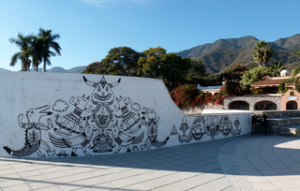
 Although Mexico is a developing country, I never had a bad experience in Chapala. People are very kind and educated. I had such a rich time and am so grateful to have experienced life in Mexico.
Although Mexico is a developing country, I never had a bad experience in Chapala. People are very kind and educated. I had such a rich time and am so grateful to have experienced life in Mexico.

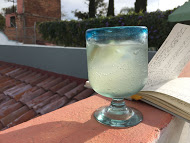 taxing our memories; little girls talk to sad angels; lonely vampires visits missionaries late at night. There’s usually something strange and dangerous going on. I like to think about who we bond with and where our loyalties lie, when things get shaken up like that when there’s a crisis you never would have expected. By moving things just outside of reality, it allows us to step back and apply the stories to our own lives. To think: if war came knocking on our doors, who would we hide with? Or fight for? Or betray?
taxing our memories; little girls talk to sad angels; lonely vampires visits missionaries late at night. There’s usually something strange and dangerous going on. I like to think about who we bond with and where our loyalties lie, when things get shaken up like that when there’s a crisis you never would have expected. By moving things just outside of reality, it allows us to step back and apply the stories to our own lives. To think: if war came knocking on our doors, who would we hide with? Or fight for? Or betray? At the time, I was in a state of transition: moving from Chicago to Los Angeles, leaving a steady job to return to the chaos of freelancing, and trying to refocus on acting and writing. While I’d been doing a ton of projects with our theatrical collective, Living Room Playmakers, I hadn’t written my own fulllength piece in almost two years. A good friend, Jessy, came across 360XQ residency and immediately sent it my way. I had the idea for a new play, so the possibility of spending an entire month writing sounded amazing. I was also drawn to 360XQ because there would be artists working in other mediums besides writing, and that appealed to me as an inspirational atmosphere. On top of that, my grandmother’s family is originally from Jalisco, and I’d never been, so a residency in Chapala just felt right. Some artists come to a residency with a particular creative game plan. Others just arrive open to whatever inspires them at the moment.
At the time, I was in a state of transition: moving from Chicago to Los Angeles, leaving a steady job to return to the chaos of freelancing, and trying to refocus on acting and writing. While I’d been doing a ton of projects with our theatrical collective, Living Room Playmakers, I hadn’t written my own fulllength piece in almost two years. A good friend, Jessy, came across 360XQ residency and immediately sent it my way. I had the idea for a new play, so the possibility of spending an entire month writing sounded amazing. I was also drawn to 360XQ because there would be artists working in other mediums besides writing, and that appealed to me as an inspirational atmosphere. On top of that, my grandmother’s family is originally from Jalisco, and I’d never been, so a residency in Chapala just felt right. Some artists come to a residency with a particular creative game plan. Others just arrive open to whatever inspires them at the moment.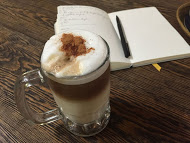 I definitely had a plan. My goal was to go through the entire writing process of a full first draft of this new play. I had the basic idea of my story and knew the major points, but everything else happened at the residency. Week one was spent brainstorming and outlining, as well as getting acquainted with the area, the 360XQ team, and my fellow residents. During weeks two and three I wrote out the play, scene by scene, entirely by hand. As I did, my outline kept changing, which was interesting. The story kind of defied me, but that was okay because it never felt out of control. Having a solid plan kept things level, even as that plan shifted. The final week I typed up and formatted the script, rewriting and editing as I went along. I completed the draft on the night before my last full day in Chapala. That felt great.
I definitely had a plan. My goal was to go through the entire writing process of a full first draft of this new play. I had the basic idea of my story and knew the major points, but everything else happened at the residency. Week one was spent brainstorming and outlining, as well as getting acquainted with the area, the 360XQ team, and my fellow residents. During weeks two and three I wrote out the play, scene by scene, entirely by hand. As I did, my outline kept changing, which was interesting. The story kind of defied me, but that was okay because it never felt out of control. Having a solid plan kept things level, even as that plan shifted. The final week I typed up and formatted the script, rewriting and editing as I went along. I completed the draft on the night before my last full day in Chapala. That felt great.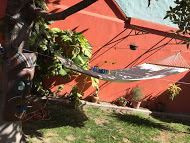 To be honest, I’m terrible at sticking to a consistent schedule. I often started each day with a jog down by the lake, and then I ran errands or dealt with email. It takes me a while (and some strong coffee) to get up to full speed. Afternoons are my favorite time to write, so I planted myself on the roof for a few hours and set a milestone: finish one entire scene, or write nonstop until a timer beeped, or nail down the events of the next act. I also decided to blog every day to keep myself accountable and add structure. It was partly about the writing process, partly about discoveries I made while in residence, and partly about wandering the town.
To be honest, I’m terrible at sticking to a consistent schedule. I often started each day with a jog down by the lake, and then I ran errands or dealt with email. It takes me a while (and some strong coffee) to get up to full speed. Afternoons are my favorite time to write, so I planted myself on the roof for a few hours and set a milestone: finish one entire scene, or write nonstop until a timer beeped, or nail down the events of the next act. I also decided to blog every day to keep myself accountable and add structure. It was partly about the writing process, partly about discoveries I made while in residence, and partly about wandering the town. For the past three years I’ve been comanaging Living Room Playmakers, primarily based in Chicago. Now I’m setting up our Los Angeles branch. LRP is a group of playwrights who write and produce plays for unusual spaces, and also throw some pretty good parties. There’s a couple things that make this group unique. Firstly. we write for specific locations: a midcentury furniture shop, an unlicensed concert hall, a tabletop gaming office, just to name a few. We make plays in places that belong to someone else, and are not at all designed for theatre; it feels like people are allowing us to come into their homes. So we explore, and we try to get to know how the place “works.” We look for the hidden stories there that excite us, and then we start to write. Secondly, we write as a team. Sometimes that means we’re all writing short plays that riff on a similar theme. Sometimes that means we’re breaking one big story into smaller moments that one of us takes ownership over. It’s a little different each time, but we’ve developed a process in which we are in sync from day one, sharing ideas and workshopping each other’s pages. It leads to productions that may tell several different stories, but that also have a cohesion and a flow that I find really exciting.
For the past three years I’ve been comanaging Living Room Playmakers, primarily based in Chicago. Now I’m setting up our Los Angeles branch. LRP is a group of playwrights who write and produce plays for unusual spaces, and also throw some pretty good parties. There’s a couple things that make this group unique. Firstly. we write for specific locations: a midcentury furniture shop, an unlicensed concert hall, a tabletop gaming office, just to name a few. We make plays in places that belong to someone else, and are not at all designed for theatre; it feels like people are allowing us to come into their homes. So we explore, and we try to get to know how the place “works.” We look for the hidden stories there that excite us, and then we start to write. Secondly, we write as a team. Sometimes that means we’re all writing short plays that riff on a similar theme. Sometimes that means we’re breaking one big story into smaller moments that one of us takes ownership over. It’s a little different each time, but we’ve developed a process in which we are in sync from day one, sharing ideas and workshopping each other’s pages. It leads to productions that may tell several different stories, but that also have a cohesion and a flow that I find really exciting.